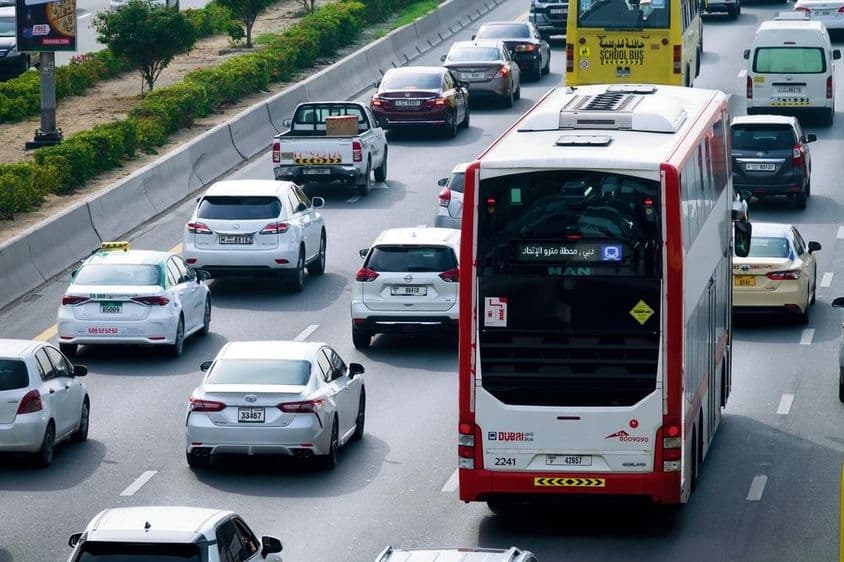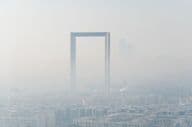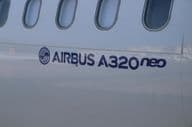UAE Traffic Surge: Causes and Solutions

UAE Vehicle Traffic: 390,000 New Cars in a Year – What’s Causing Traffic Jams?
In the United Arab Emirates, there has been a dramatic increase in the number of vehicles on the roads over the past 12 months. Official data shows that by June 2025, the number of actively registered vehicles reached 4.56 million, which is nearly 390,000 more than the 4.17 million recorded a year earlier. This represents an annual growth of 9.35%, far exceeding the global average of 2-4%. The number of registrations also increased by 2% quarter-on-quarter in the second quarter.
Dubai’s Population Growth Drives Increase
The spectacular increase in the number of vehicles is closely linked to the growth in population. According to data from the Dubai Statistics Center, the city's population grew by more than 208,000 people in a year. This growth – attributable not only to local births but also to immigrants and new workers – directly impacts urban traffic congestion.
During the daytime, the number of vehicles on Dubai’s road network reaches 3.5 million. This not only indicates the rising number of registered vehicles but also the daily influx of many vehicles from other emirates such as Sharjah or Ajman to Dubai.
Roads Fill Again After Seasonal Decline
Although traffic temporarily decreases during the summer months as many residents travel abroad to escape the heat, this only provides short-term respite. The reopening of schools and the return of families and workers from vacation lead to significant congestion again in early autumn, particularly during morning and evening peak times.
RTA’s Response to Growing Traffic
The Roads and Transport Authority (RTA) in Dubai has already identified the main causes of traffic growth and has implemented interventions on several levels to alleviate congestion. The goal is to achieve up to a 30% improvement in traffic flow.
Measures include:
Dynamic Toll System (Salik): Implementing tariffs that adjust to traffic conditions to help distribute vehicle traffic more evenly.
Infrastructure Improvements: Launching 30 different transport projects worth billions of dirhams within three years.
Service Marketization: Operating several key services, such as Dubai Taxi, Parkin parking system, or Mada Media, partially on a commercial basis for more efficient operation and revenue generation.
Promotion of Remote Work: Introducing flexible work arrangements and home office opportunities to reduce traffic during peak hours.
Heavy Vehicle Traffic Restrictions: Introducing time intervals regulating truck movements.
School Zone Developments: Creating particularly safe and streamlined school zones.
Dedicated Bus Lanes: Establishing exclusive lanes on major roads to speed up public transportation.
The RTA is also developing 11 major transport corridors, including the Umm Suqeim–Al Qudra, Hessa Street, and Al Fay Street routes, which play a crucial role in north-south traffic.
Regulating Vehicle Ownership on the Agenda
The rapid increase in the number of vehicles has drawn attention to the current vehicle ownership and registration system. In March, the federal Ministry of Infrastructure indicated that vehicle growth in Dubai exceeded 8% and emphasized the need for improved traffic management.
The issue has also been included in the agenda of the UAE's annual government meetings to promote coordinated action among municipal and state actors.
Commuting Adds More Pressure on Dubai’s Roads
The traffic situation is further exacerbated by the fact that nearly a million people commute to Dubai daily from other emirates for work or business dealings. This constant movement, particularly in the morning, puts significant pressure on the city's road network and parking infrastructure.
Why Is Traffic Growing So Quickly?
Several factors contribute to the growth in traffic:
Economic Attraction: The dynamic post-COVID economic growth of Dubai and the UAE attracted investors, entrepreneurs, and highly skilled professionals.
Increasing Wealthy Segment: The number of high-net-worth individuals (HNWI) has risen, who often own several cars, including luxury vehicles.
Favorable Credit Opportunities: Vehicle financing offered by banks further encourages the purchase of new cars.
Looking Forward: Challenges and Opportunities
Addressing the traffic situation requires more than just relying on infrastructure development in the long run. It may be necessary to:
Increase the share of public transport, including expanding the Dubai Metro and bus network.
Promote green transportation solutions, such as using electric vehicles and micromobility devices.
Expand car-sharing and ride-hailing services, which can reduce individual car usage.
Dubai serves as an illustrative example of how rapidly a growing population and a vibrant economy can pressure the transport system. In the coming years, a key question will be how effectively the city can balance individual mobility needs with sustainable urban development.
(Based on statistics from the Roads and Transport Authority (RTA).)
If you find any errors on this page, please let us know via email.


